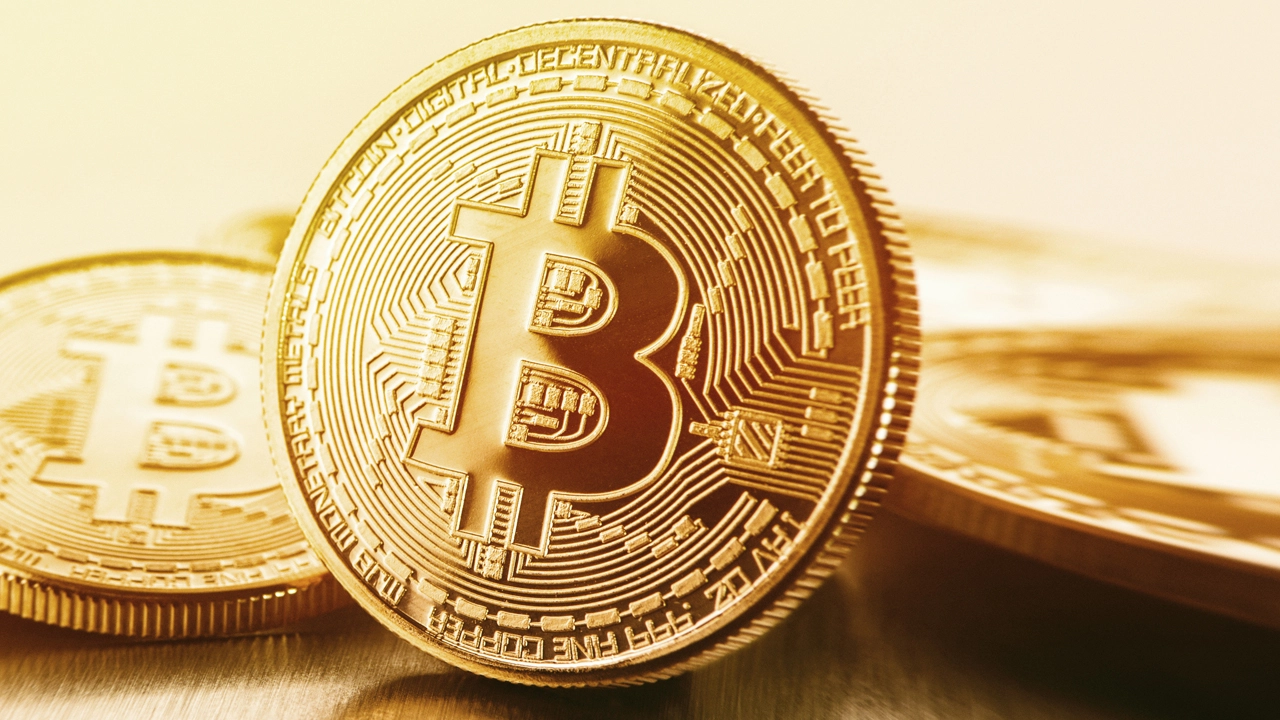After reaching $40,975 on the stock market, Bitcoin was expected to continue above the $40,000 mark to finally initiate the rally to the upside. But, BTC’s bullish strides were actually just steps in place.
Bitcoin’s price was supposed to take the opposite path to the DXY (the U.S. dollar index), whose price fell by 0.25% following Jerome Powell’s statements. Unfortunately, BTC is caught in the inertia of a range where its price wavers between $39K-40K.
BTC’s current situation reflects certain stability in its price, but there is real doubt as to the true trend the crypto will display in the days to come. Will it surpass the $42K mark or would it go back towards $30K.
If the market was fearful of a rate hike, the US Central Bank has calmed its ardor as it has decided to keep rates unchanged in the 0-0.25% range. The Fed will also continue to buy treasury bonds at the same rate as usual, that is, 120 billion each month.
Despite the fact that inflation reached 5.4% in June, the U.S. central bank says it is not yet ready to adopt restrictive monetary policy measures. The Fed is still concerned about U.S. employment statistics.
Jerome Powell said:
I would say we still have a ways to go on the labor market side. I think we’re still a long way from making substantial further progress toward the maximum employment goal.
The Fed is not blocking the way for Bitcoin as the accommodative posture of its monetary policy is a good point of support if the first of the cryptos wanted to start a bullish move.
Crypto CEOs remain bullish for the future of Bitcoin. In a recent survey of Wall Street institutional investors conducted by CNBC, 44% believe that Bitcoin would fall below $30,000 by year-end. Only 6% believe that Bitcoin could still test the $64,000 highs.
Despite the current euphoria in the markets, NorthmanTrader founder Sven Henrich warned in a tweet today that Bitcoin’s intermittent summer rallies are usually short-lived. Historical data shows that rallies during this season tend to be followed by a sometimes minor, sometimes larger correction.


